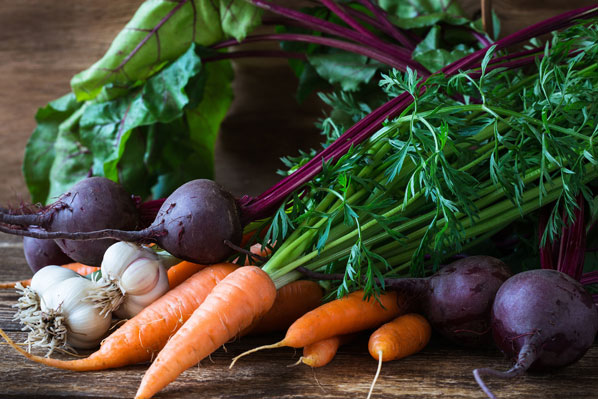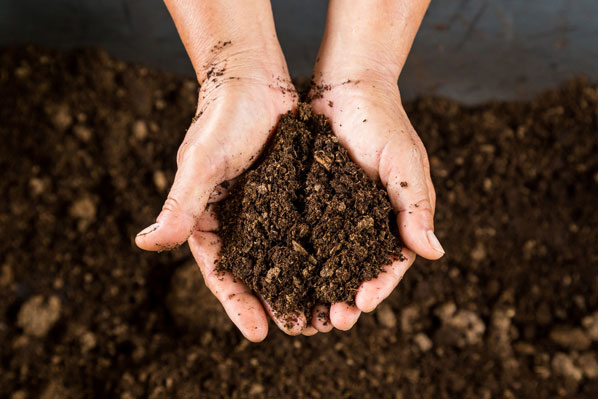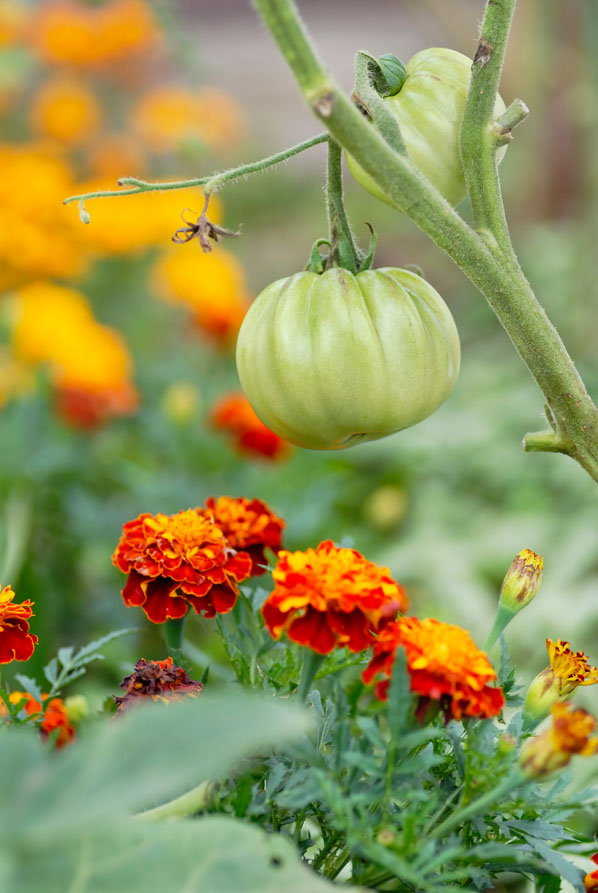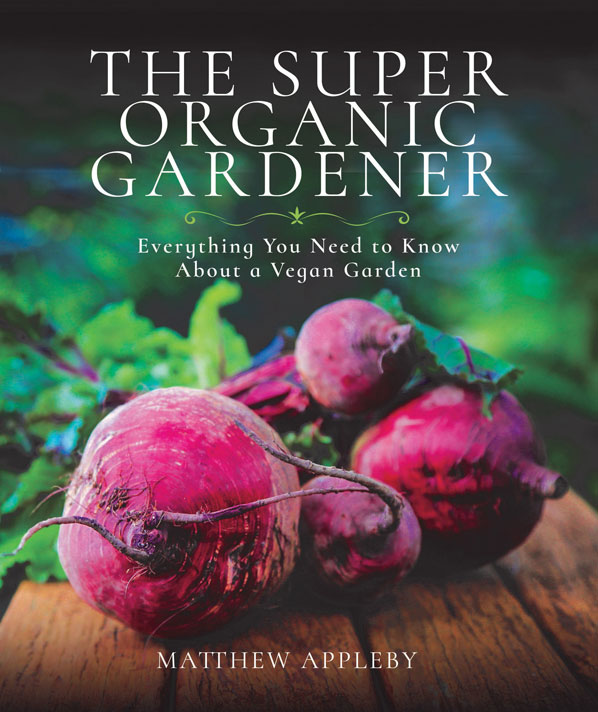Is your home looking a little lacklustre and drab as January drags on? Gabrielle Fagan reveals six easy ways to hit refresh.
January can be a bleak month on all levels – but if your rooms are look as though they’re suffering a bit of a winter hangover, take heart, as there are plenty of bright, new decor trends on the horizon.
You don’t need to rush out and arrange a major revamp – some little touches can be enough to lift a space and provide that all-important refresh.
Here are six decor trends that will make a big impression on rooms this year, and could help banish the blues and take your home from drab to fab in no time…

1. Tell a texture story
If you want to give a scheme some ‘wow’ factor, look no further than texture. Layering a mixture of soft fabrics – from fluffy sheepskin cushions and chunky wool throws to cowhide rugs – will not only draw the eye, which is essential in a muted scheme decorated in neutrals that could otherwise look bland, but also add cosiness.
Adding texture is all about layering, so have a few key pieces, like a statement rug, a velvet chair, or a leather sofa, and then add smaller accessories and soft furnishings until the room feels complete.
Don’t forget that your scheme need never be ‘set in stone’. Moving or replacing a few texture-rich accessories is an easy way to re-energise and refresh the whole balance of a scheme.
Plunder Next’s spring/summer collection for texture treats. Our favourites include their Knitted Jute Drum Seat, £70 (available Feb), and Mono Berber Rug, £50-£180. The range has lots of touchy-feely cushions too, including an Ethnic Tufted Stripe Cushion, £18; Textured Pom Pom Cushion, £14, and Diamond Geo Cushion, £16.

2. Make it mellow yellow
Yellow has crossed over from the fashion catwalks – the colour was big news at the 2019 spring/summer shows – and is predicted to make its mark on our homes.
The colour’s associated with energy and optimism – we could all do with a dose of that this year – and you can easily play with all its hues, from bright daffodil yellow, through to the palest lemon.
This is also a shade that works well in bold contrast, or blended with similar shades and tones – don’t be afraid to experiment.
Another bonus: Pops of yellow will act like beams of sunshine in any room, no matter what the weather’s like outside.

3. Follow the fringe
Fringing – think the swishy, flamboyant Charleston dresses of the 1920s – is making a comeback in decor and home styling.
You can interpret it elegantly and traditionally, with upholstery fringing on armchairs and sofas, or go for an ethnic, arty vibe with a colourful tribal wall hanging. However you use it, fringing is fabulous.
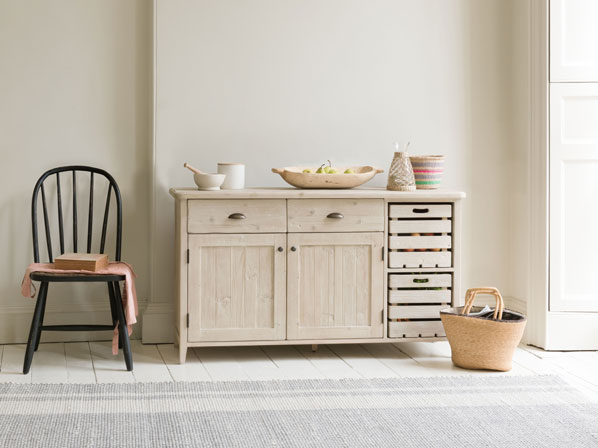
4. Touch wood
Natural materials, particularly wood, are essential for today’s stylish homes. It’s all about celebrating the beauty of natural materials and craftsmanship – think heirlooms and sustainability – and the unique grain of timber.
Don’t limit yourself to one piece. The chic take on the trend is to choose furniture made in different tones of wood, from pale ash to ebony, and let is share a space. Leave it raw and unstained to reveal the gorgeous imperfections of the knots and grain.

5. Let red rule
Let the warmest shades on the colour spectrum – rust, red and rose – warm your rooms (it’s cheaper than turning up the central heating!).
Our newfound boldness with colour means we’re less timid and more prepared to splash on those bright shades these days – but even used sparingly, these shades will make an impact without being too dominating, especially if you lean towards the brown-based terracotta hues.
Experiment with bed linen and accessories to test your enthusiasm, or paint a headboard or feature wall if you want to make a statement. Seeing red can be positive!
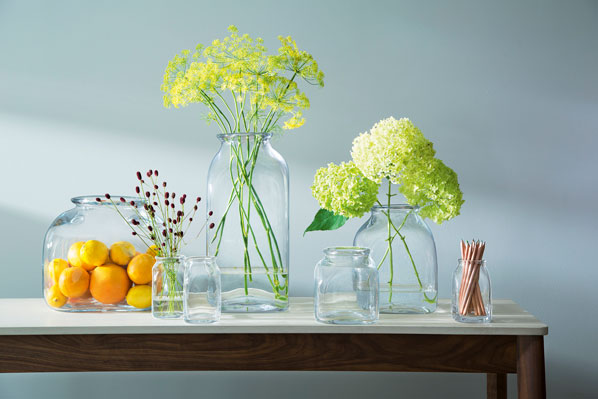
6. Pay a floral tribute
Nature’s finding its way into more and more interiors, and flowers, potted plants and succulents – both real and faux – are an easy way to bring natural appeal to rooms.
Displaying bouquets in clear glass vases can have a transformative effect on a space. As a transparent vase displays all of its contents, the possibilities for decorative ideas extend beyond flowers, and you could use them for fruit or collections of beachcomber finds too.
Change the atmosphere with blooms – a fresh cut bunch from a garden will enhance a country/rustic effect, while an elaborate display of exotic blooms makes a luxe touch.

